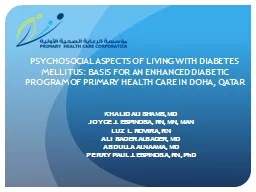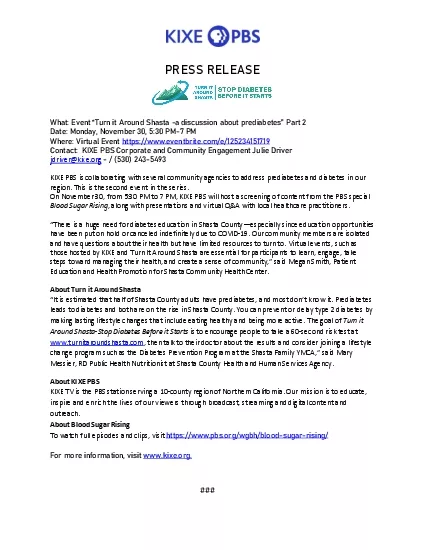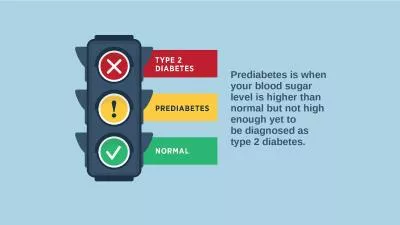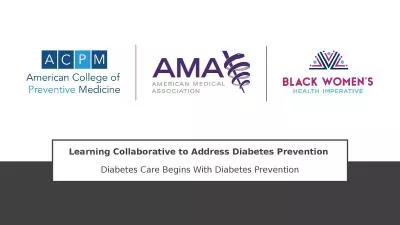PPT-1 There are 11 million Canadians living with diabetes or prediabetes. Every three minutes,
Author : mrsimon | Published Date : 2020-06-15
2 Metabolic Disorder Abnormally high levels of blood glucose as a result of defects in insulin secretion or defective action of insulin or both 3 The Two most
Presentation Embed Code
Download Presentation
Download Presentation The PPT/PDF document "1 There are 11 million Canadians living ..." is the property of its rightful owner. Permission is granted to download and print the materials on this website for personal, non-commercial use only, and to display it on your personal computer provided you do not modify the materials and that you retain all copyright notices contained in the materials. By downloading content from our website, you accept the terms of this agreement.
1 There are 11 million Canadians living with diabetes or prediabetes. Every three minutes,: Transcript
Download Rules Of Document
"1 There are 11 million Canadians living with diabetes or prediabetes. Every three minutes,"The content belongs to its owner. You may download and print it for personal use, without modification, and keep all copyright notices. By downloading, you agree to these terms.
Related Documents














